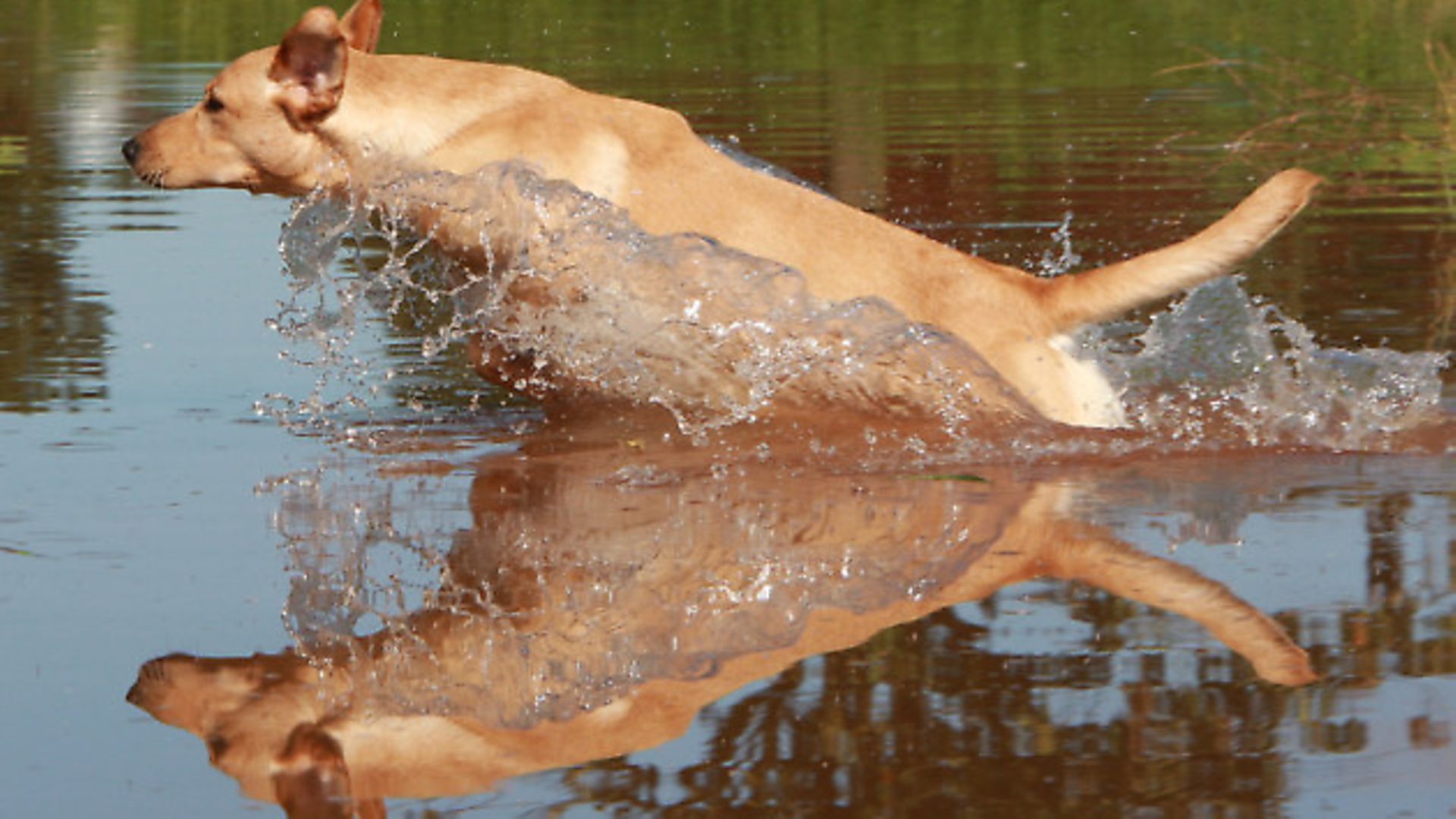Sporting Shooter vet Vicky Payne explains how to keep your dog cool in the summer heat
 credit: Nick Ridley
credit: Nick Ridley
The weather is lovely as I’m writing this – I’m hoping it hasn’t taken a turn for the worse by the time you are reading it. Unfortunately we’ve already had dogs in the clinic with signs of heatstroke and I fear there will be more unless we take action.
Dogs have a normal body temperature of about 38.5°c and they are able to maintain it in hot conditions mainly through panting, as they can only sweat through their foot pads. Dogs will also seek shade and water if they are becoming too hot. If their temperature rises above 41°c they are at risk of serious illness and death.
The most well-known cause of heat stroke (or hyperthermia) is dogs being left inside cars. Even with a bowl of water and a window open, the temperature inside a car will rise rapidly on a sunny day, even if the outside temperature is low. Avoiding leaving your dogs in the car if at all possible and if you must for short periods, ensure the car is in the shade and check back every 15 minutes at most.
We have also seen heatstroke cases in dogs left in conservatories, sun rooms and caravans, dogs which have been left in a garden without shade and those that have been exercised in warm weather. Gundogs are at particular risk of overheating when working as their desire to hunt and retrieve can overcome their need to stop and pant, to lie down in shade or to find some water.
Initial symptoms of heatstroke include restlessness, excessive panting and a high heart rate. The dog may then seem weak or confused before collapsing or even fitting. If not treated urgently the dog will die.
If you suspect early heatstroke, the best first aid is to cool the dog down. Running water is ideal but if it isn’t available, cold, wet towels on the groin and ‘armpits’ of the dog are the next best thing. Conscious dogs should be encouraged to drink small amounts of tepid water; cold water can cause stomach cramps. In more severe cases veterinary treatment will be required, but do anything you can to cool the dog on the way to the vet. Even cases which initially seem to recover can suffer severe illness and organ failure.
It is far better to avoid heatstroke than to treat it, so always take care to provide your dogs with shade both in their kennels and when out at game fairs, working tests, doing the shoot chores and on early season days. Ensure you take sufficient water with you to avoid the dog drinking out of muddy puddles and consider taking a wet towelling rug (I freeze mine overnight so it is cool when I need it at a competition or training day) or one of the special cooling rugs used by agility competitors.
Words: Vicky Payne, Sporting Shooter vet
Pictures: Nick Ridley